Time management is an essential skill that can help you become more productive, achieve your goals, and live a more fulfilling life. However, time management isn't just about using the latest productivity tools or techniques; it's also about developing good time habits that can help you make the most of your time. In this article, we'll discuss five time management habits you should adopt to improve your time management skills.
1. Prioritize Your Tasks
The first habit to adopt is to prioritize your tasks. This means you should identify the most important tasks that need to be done and focus on them first. One way to do this is to use the Eisenhower Matrix, which involves categorizing tasks based on their urgency and importance. By focusing on the most important tasks first, you can ensure you are using your time effectively and achieving your goals.
“The urgent are not important, and the important are never urgent.”
2. Use Time-Blocking
Time-blocking is a technique that involves scheduling specific blocks of time for different tasks. This can help you stay focused and avoid distractions, as well as make sure you have enough time to complete all of your tasks. To use time-blocking, create a schedule for your day and allocate specific blocks of time for each task. Stick to your schedule as much as possible, and adjust it as needed based on your progress.
3. Take Breaks
Taking breaks is an important time habit to adopt. Studies have shown taking regular breaks can help improve focus, productivity, and creativity. To make the most of your breaks, try to do something unrelated to work, such as taking a walk, reading a book, or listening to music. This can help you recharge and come back to your work feeling refreshed and energized.
4. Avoid Multitasking
Multitasking may seem like an efficient way to get things done, but it can actually be counterproductive. When you try to do too many things at once, you can become distracted, make more mistakes, and take longer to complete tasks. Instead, focus on one task at a time, and give it your full attention. You'll likely find you are able to complete tasks more quickly and with better quality.
5. Learn to Say No
Finally, a good time habit to adopt is to learn to say no. It can be tempting to take on more than you can handle, but this can lead to burnout and decreased productivity. When someone asks you to take on a task or attend a meeting, consider whether it aligns with your goals and priorities. If it doesn't, politely decline or negotiate a later deadline.
In conclusion, adopting these five time management habits can help you become more productive, efficient, and successful in your personal and professional life. While it may take some time to develop these habits, the benefits are well worth the effort. Start by prioritizing your tasks, using time-blocking, taking breaks, avoiding multitasking, and learning to say no, and you'll be on your way to better time management in no time.




